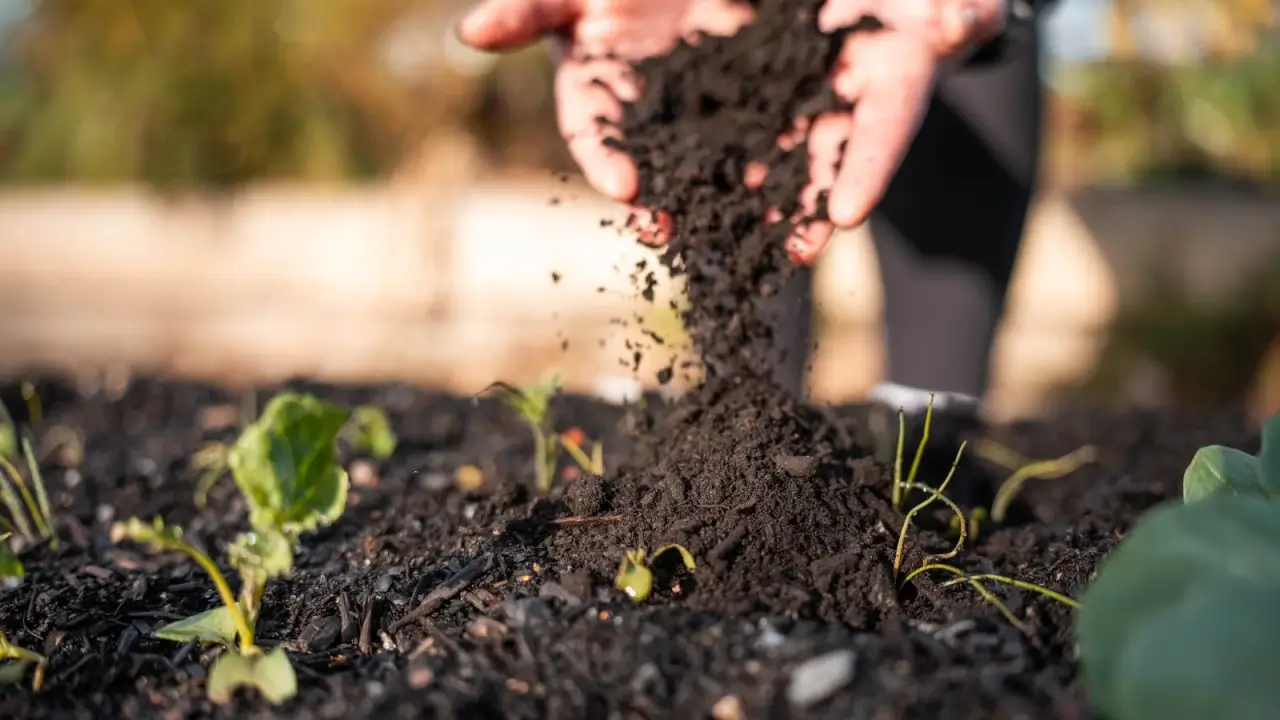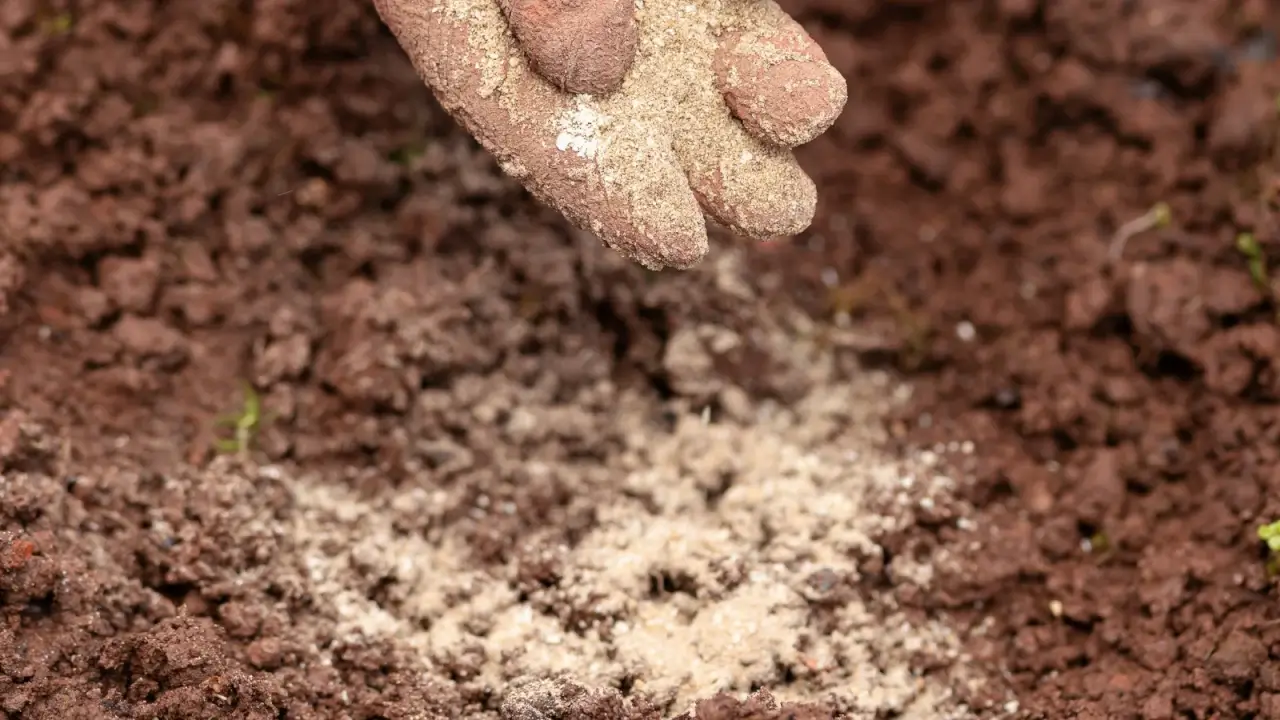The most important task before winter arrives is harvesting, ensuring that nothing is wasted in what amounts to an entire season of work. Gathering and preparing all the produce for market or storage is crucial. Follow that up with a post-harvest soil test, and you’re even more prepared for next season.
Look for at-home tests in farm supply stores, or contact your local extension office for lab tests. Gather enough kits to cover all the fields on your farm. Then, send in your sample. Within a few weeks, you’ve got a crucial piece of next year’s crops.
The test result is a language worth knowing and deciphering. It provides an understanding of the nutrients present in the soil and a pathway forward. Once you know what’s lacking or in excess, you can act accordingly, then test ahead of the spring to see what worked and what didn’t.
Understanding Your Test
 Balanced acidity makes nutrients easier for plants to absorb.
Balanced acidity makes nutrients easier for plants to absorb.
There are a few items in post-harvest test results that look foreign to those viewing them for the first time. These are the rate of organic matter (OM), the cation exchange capacity (CEC), soil pH, and buffer pH. All affect the concentration of nutrients and the ability for those nutrients to move into plant tissue.
Organic matter is the percentage of organic content present. The typical OM range is one to six percent. Higher amounts of OM allow for better nutrient exchange, as high OM correlates directly with the amount of microorganisms present. No and low-till soils generally contain more OM.
The CEC is the soil’s ability to hold positively charged ions, or cations. These also bolster nutrient exchange and in turn hold them in the soil. The higher the CEC, the less nutrient leaching, and the better the structure overall. CEC is measured in milliequivalents (meq) per 100 grams.
The two pH measurements are the current (soil pH) and potential (buffer pH) acidity of the soil. Soils that are either too acidic or too alkaline cause imbalances in nutrient content, and make it difficult for plants to absorb certain nutrients. A dead neutral soil has a 7.0 pH. Most cultivated plants grow within a range of 5.0 to 8.0 pH. You want yours to be somewhere in that range.
The Breakdown
Once you get your post-harvest test back, you need to know what to do with the valuable info contained within it. While it is possible to simply add a synthetic fertilizer to the field and plant it out in spring, the long game is sometimes the better option, with more lasting effects. Consider this before you amend or cover crop your fields.
Nitrogen
 Compost and manure gently feed plants with nitrogen.
Compost and manure gently feed plants with nitrogen.
The plant-available forms of nitrogen are nitrate and ammonium. Nitrogen is one of the hardest nutrients for soil to hold. Due to its tendency to escape, a test that indicates nitrogen is lacking is common. Nitrogen is, however, typically present in rainwater and irrigation water.
Therefore, immediately applying synthetic nitrogen can lead to overapplication, which leads to runoff that damages nearby waterways. An excess of nitrogen will promote leafy growth, but at the expense of the health of your plants, leading to less fruiting, spindly growth, and higher incidences of pests.
If you need to add nitrogen to your fields, simple amendments like well-rotted manure and compost are a great way to start. Alfalfa and soybean or cottonseed meals are viable options as well. Bone meal, blood meal, and dry fish fertilizers also add nitrogen. If you want a longer-term solution, plant a cover crop of legumes or clover.
Phosphorus
 Bone meal delivers both nitrogen and phosphorus together.
Bone meal delivers both nitrogen and phosphorus together.
In clay soils, a phosphorus deficiency is to be expected. Sometimes phosphorus is already present in bands where it was previously applied, but the total amount per part might not be sufficient. Like nitrogen, it’s easy to overapply phosphorus amendments, and in turn pollute natural areas nearby.
If your post-harvest soil test shows a need for phosphorus, seabird guano, rock phosphate, and greensand are all good organic sources. For fields deficient in nitrogen and phosphorus, bone meal covers it. Well-rotted compost and manure also contain phosphorus and are much more gentle than a synthetic source.
Because phosphorus exists further down in the soil profile, cover crops that forage for nutrients are your best bet. For the most lasting solution, leave these crops through late spring. Then chop and drop them. When it’s time to plant, till them just under the surface, or allow them to break down on the surface as mulch.
Potassium, Calcium, and Magnesium
 Well-rotted manure quietly replenishes lost essential nutrients.
Well-rotted manure quietly replenishes lost essential nutrients.
These three nutrients are most likely to be lacking, and require the most attention and amendment as seasons go on. An excess of potassium in forage can be detrimental to livestock, so it’s important to amend with discretion. Low potassium stunts plant growth. Balance is key.
Calcium is generally present in soils, unless they are highly acidic. If you see a low pH, it’s likely you’ll also see low calcium. Conversely, high amounts of magnesium lower calcium rates. However, soils that fit this profile are generally centered in the Siskiyou Mountains and parts of Oregon.
The general solution for all of these is increasing the amount of OM via well-rotted composts and manures. However, if OM rates are already high, use another amendment or cover crop. Lime is a good additive for regulating high-magnesium or serpentine soils. Remember to consult your extension office to field any questions you have about the best additives for your land.
Micronutrients and Trace Minerals
 Diverse compost feeds many missing nutrients at once.
Diverse compost feeds many missing nutrients at once.
When it comes to those lesser and trace elements, each requires its own solution based on your post-harvest soil test results. Some of the solutions have cross-applications, making it easier to amend soils and bolster multiple at the same time.
Composts and manures are usually rich in trace minerals and micronutrients, especially with a wide diversity of decomposed materials. Since the causes of deficiencies and excesses are so varied, use your test to determine the best course of action. Consult your local extension office for further information about the appropriate amendments for your farm’s needs.
How to Speed Up Your Compost: 5 Recommendations
Getting a healthy amount of compost to spread on your crops ahead of the season gives them the boost they need to really take off. Learn these five ways to speed up the composting process, and you’ll have nutrient-rich humus in no time.
The post Post-Harvest Soil Testing: What Your Fields Are Telling You appeared first on Modern Farmer.
From Modern Farmer via this RSS feed


